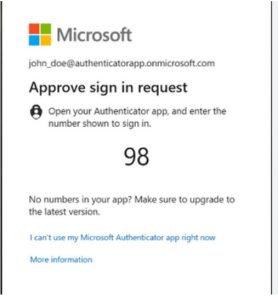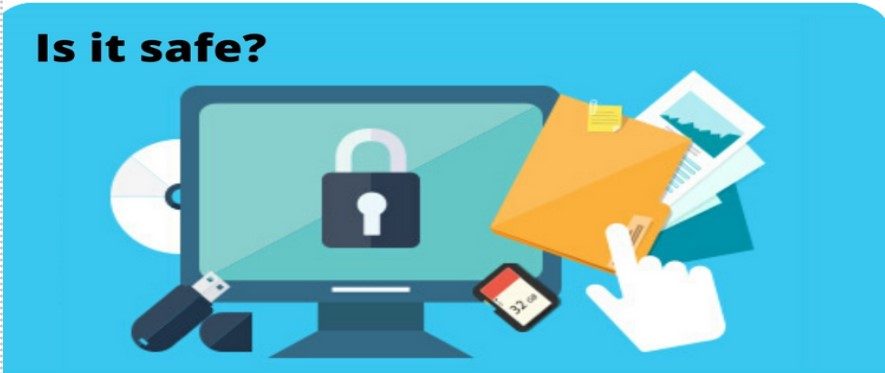Introduction:
Spear phishing has evolved into a popular and sophisticated hacking strategy through the use of personalized and fake emails. In this blog article, we’ll show you how to recognize and defend against spear phishing attacks, giving you the ability to protect yourself and your business from these precisely targeted cyber threats.

1. Spear Phishing:
- Spear phishing is a more personalized scam email targeting a specific individual or organization.
- Attackers are often motivated by financial gain or the theft of valuable information when carrying out spear phishing attacks.
2. Common Warning Signs:
- Emails from unknown or unexpected senders.
- Urgent or fear-inducing messages pressuring you to take immediate action.
- generic introductions that do not use your name.
- Inappropriate syntax or grammar in the email.
- Requests for sensitive personal or financial information via email.
- Suspicious URLs or unexpected file attachments.
- Emails claiming to be from reputable organizations asking for personal information.
- Prize or lottery notifications for contests you didn’t participate in.
- Unusual sender email addresses that resemble legitimate ones but have slight variations.
- Content that seems unfamiliar or out of place in the context of your usual interactions.
3. Social Engineering Techniques:
- Exploring the psychological manipulation tactics employed by spear phishers to deceive their targets.
- Certainly! Here are three simple social engineering techniques:
- Authority Exploitation: In this technique, the attacker poses as someone in a position of authority or someone with a legitimate reason to gain access to a restricted area or sensitive information. By leveraging their perceived authority, the attacker convinces individuals to comply with their requests without raising suspicion.
- Urgency or Scarcity: This technique capitalizes on the psychological principle that people are more likely to act quickly when they believe there is an urgent or limited-time opportunity. Attackers create a sense of urgency or scarcity to manipulate individuals into making hasty decisions or sharing sensitive information without thoroughly verifying the situation.
- Tailoring the Message: Attackers often collect their target information from publicly available sources. By collecting personal details or references into their communication, they create a false sense of popularity and faith. This strategy increases the likelihood of individuals letting their guard down and complying with the attacker’s requests.
When dealing with unplanned or questionable requests, it’s critical to be watchful and careful, especially if they involve revealing personal information or granting access to prohibited places.
4. Phishing Email Analysis:
- Examine the sender’s email address
- Read the email’s content
- Review links and attachments
- Verify the request through a trusted source
5. Employee Education and Training:
- Emphasizing the importance of educating employees about spear phishing and the risks associated with it.
- Providing guidance on conducting regular cybersecurity training sessions, raising awareness, and promoting a security-conscious culture.
6. Multi-Factor Authentication (MFA):
- Highlighting the significance of implementing MFA as an additional layer of security to protect against unauthorized access.
- MFA can prevent attackers from gaining control even if credentials are compromised.
7. Robust Email Filtering and Anti-Phishing Tools:
- Highlighting the significance of implementing MFA as an additional layer of security to protect against unauthorized access.
- MFA can prevent attackers from gaining control even if credentials are compromised.
8.Robust Email Filtering and Anti-Phishing Tools:
- Link and Attachment Analysis: These tools scan the URLs and attachments present in emails to identify potentially malicious content. They analyze links for suspicious or known phishing domains and check attachments for malware signatures. If any malicious content is detected, the tool can block or quarantine the email.
- Sender Reputation and Authentication: Robust tools assess the reputation of email senders to determine their legitimacy. They use techniques such as Sender Policy Framework (SPF) and DomainKeys Identified Mail (DKIM) to authenticate the sender’s identity and verify that the email comes from a legitimate source. Emails from suspicious or unauthorized senders can be flagged or blocked.
9.Incident Management and Reporting:
- Guidance on developing an incident response strategy to successfully address spear phishing occurrences.
- Outlining the procedures to follow in the event of an attack, including reporting to the proper authorities and dealing with the problem as soon as possible.
10. Consistent security updates and patching:
- Emphasizing the need to update software, operating systems, and security solutions.
- Explicitly demonstrating how regular updates may help guard against known vulnerabilities that attackers may exploit.
11. Continuous Vigilance and Security Awareness:
- Giving awareness to people and organizations about cybersecurity and asking them to be cautious.
- Staying up to date with the latest phishing techniques and sharing the information with colleagues.
Conclusion:
In conclusion, we should understand the concept of spear phishing and stay up to date about the information of spear phishing. Be aware of cyber security and avoid clicking fraudulent links and attachments. Gain the knowledge of the latest phishing techniques and help others to get awareness of phishing techniques.
Reference:
- https://portswigger.net/daily-swig/a-guide-to-spear-phishing-how-to-protect-against-targeted-attacks
- https://www.msp360.com/resources/blog/spear-phishing-prevention/
For further clarifications or support, please write to contact@paradigmitcyber.com

